
How a team of students HIJACKED a drone in midair – all for a $1,000 bet with U.S. government
From Truther
One thousand dollars may not seem like a lot of money, but it was enough for a team of researchers from a Texas college to hack into and hijack a drone on a dare from the U.S. Department of Homeland Security.
The scientists led by Professor Todd Humphreys from the University of Texas at Austin Radionavigation Laboratory managed to take control of a small but powerful drone in midair through a technique called spoofing, where a signal from hackers imitates the one sent to the drone’s on-board GPS.
The hostile takeover of the unmanned aerial vehicle (UAV) owned by the college was done before the weary eyes of DHS officials, Fox News reported.
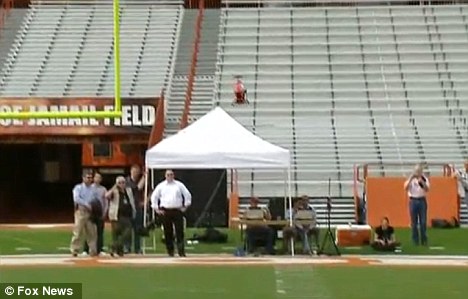
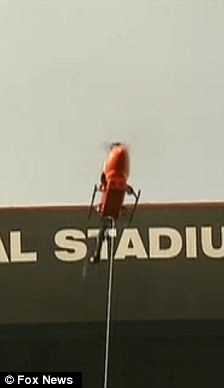
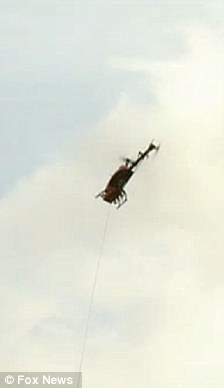
On the cheap: The researchers built a sophisticated spoofing system for $1,000 that allowed them to mimic a signal sent to the drone’ GPS and hijack it
During the experiment conducted at the University of Texas stadium, the small red drone soared into the sky following a clear set of commands entered into its computer.
Shortly after, the aircraft suddenly veered to the side, making it obvious that it was no longer following its original orders. Then, the drone hurtled toward the ground as if given a self-destruct command and was saved in the last moment.
Humphreys told Fox News that for a few hundreds dollars, his team was able to build the most sophisticated spoofing system yet that tricked the drone into following a new set of commands.
.jpg)
‘Spoofing a GPS receiver on a UAV is just another way of hijacking a plane,’ Humphreys said.
The stadium display was not the first time government officials witnessed spoofing in action.
Last Tuesday, officials from the Federal Aviation Administration (FAA) and Department of Homeland Security watched as Humphreys’ team repeatedly hijacked a drone from a remote hilltop in the desert of the White Sands Missile Range in New Mexico.
The implications of the experiments are both far-reaching and unsettling since the government is currently considering plans that will allow local law enforcement agencies and other groups to employ scores of drones in U.S. airspace.
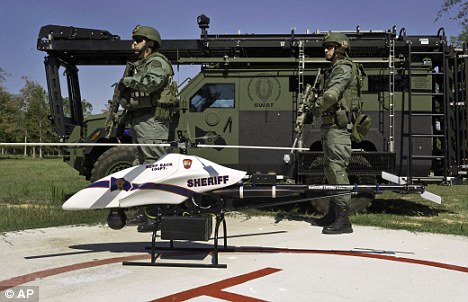
Futuristic: Many local law enforcement agencies and other organizations are eager to employ drones in U.S. airspace
Even private companies like FedEx have expressed interest in building a fleet of unmanned aircraft for commercial purposes.
‘In five or ten years you have 30,000 drones in the airspace,’ Humphreys told Fox News. ‘Each one of these could be a potential missile used against us.’
It is expected that by 2020, there will be tens of thousands of drones circling overhead if the FAA approves domestic use.
What’s more, unlike military unmanned aircraft, civilian drones are likely to use the same unencrypted GPS signals that the University of Texas team had successfully hacked, making it possible for anyone with $1,000 and a plan to turn a harmless FedEx UAV into a missile and crash it into a building.
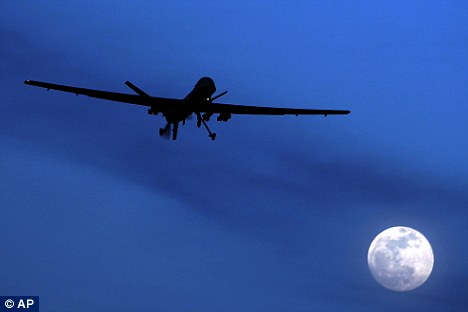
‘That’s the same mentality the 9/11 attackers had,’ Humphreys said.
DHS has been playing catch-up with the rapidly changing GPS interference technology through its new Patriot Watch and Patriot Shield programs, but the effort is woefully underfunded and mostly geared toward finding people using jammers, not the more sophisticated spoofers.
It is believed that a U.S. drone was brought down in Iran last December when someone jammed its GPS system.
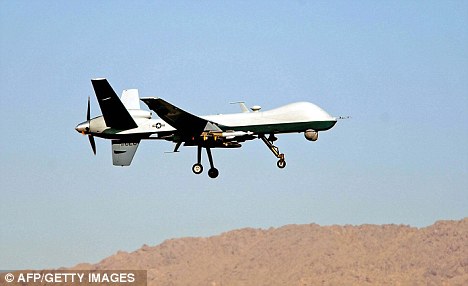
Drones have been widely used in Iraq, Afghanistan and Yemen to take out terror suspects. Domestically, the use of UAVs has been limited to southern border patrols.
In February, the U.S. Congress ordered the FAA to lay the groundwork for the expansion of the drone program beyond military uses by 2015, allowing power companies, police departments and major corporations to launch drones in U.S. airspace.
Humphreys warned that it is crucial that the government address this grave security concern before it goes any further with plans that would allow drones to fly over American soil.
